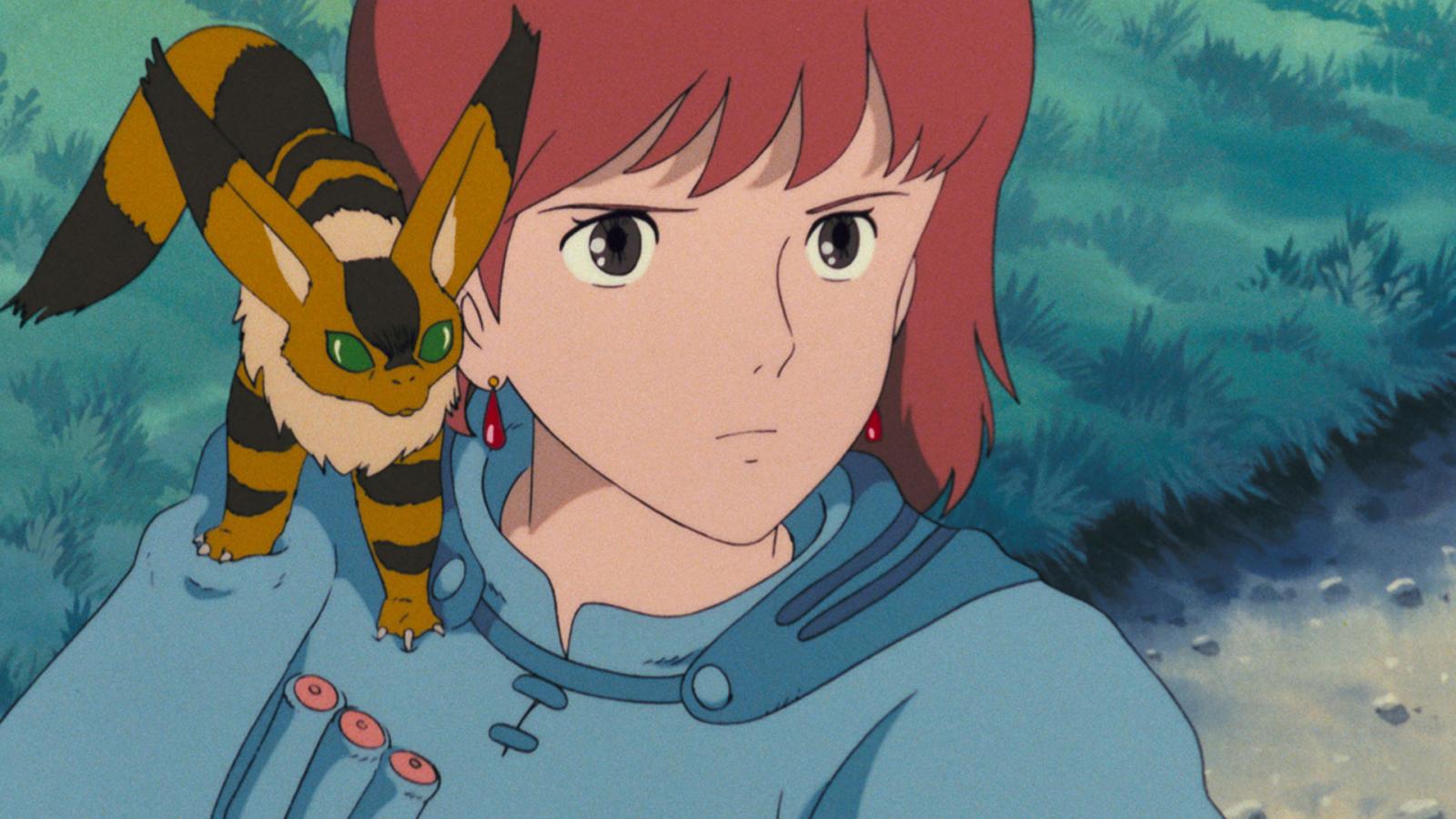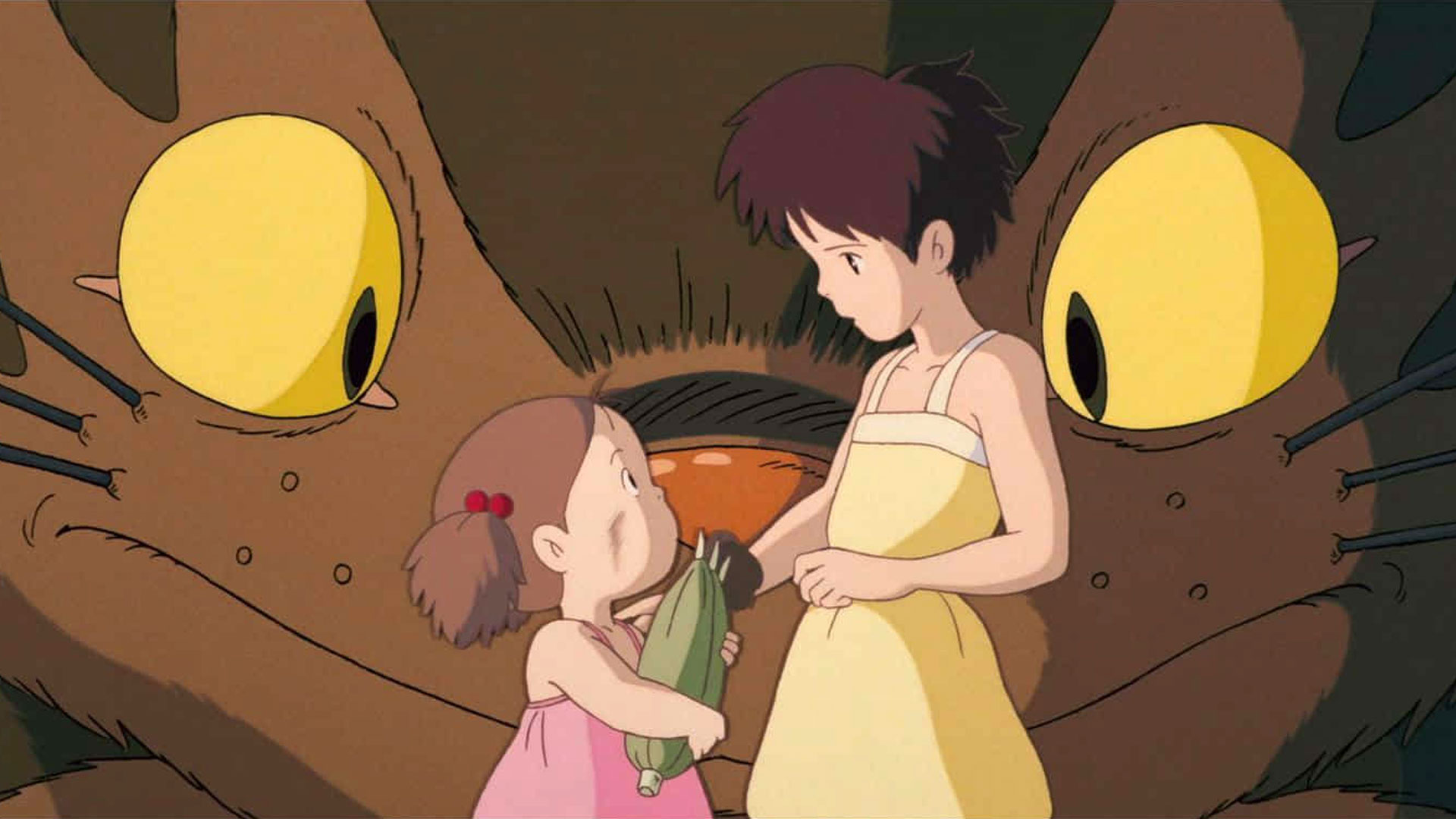At the same time, the most delicate.
Summary:
- Miyazaki's stories always focus on girls.
- Miyazaki always shows the heroines from different sides and never slides into nasty caricatures.
- Female characters often bear the positive changes in the world of the movie.
In recent years, exceptional female characters have been appearing more and more often in films and television series. This is primarily due to the popularity of feminist ideas in the Western world.
A logical question arises: who in the anime industry could be considered a pro-feminist? Especially since women's bodies are often objectified in animation. Oddly enough, Hayao Miyazaki remains the most influential feminist in the history of anime.
Correct representation
With the exception of his last two films — The Wind Rises (Kaze Tachinu) and The Boy and the Heron (Kimitachi wa Dou Ikiru ka) — Miyazaki's stories always center on girls. Moreover, his heroines are always of different ages: from very little girls like Mei in My Neighbor Totoro (Tonari no Totoro) to the more mature San in Princess Mononoke.
Placing female characters at the center of a story may seem like a no-brainer, but pushing for equal representation in cinema is an important part of the feminist agenda.
Miyazaki always shows the heroines from different angles and never slides into nasty caricatures. Each female character has her own motivation, opinion and voice (even if we are talking about a child).
As Hayao Miyazaki himself said, his heroines may need a friend or ally, but, unlike Disney princesses, they never need a savior. Based on this point, we can say that in the director’s work, women almost never become objects of desire. Even Nausicaä, although made to look pretty, is not a conventional beauty.
Exploring femininity
.jpg)
In his films, Miyazaki essentially creates a panorama of different female characters from childhood to old age (think of the charming old ladies in The Boy and the Heron, for example).
Moreover, each of the heroines has a sufficiently realistic image so as not to be a typical male fantasy. A quick glance at Miyazaki’s filmography is enough to see that his women appear in a variety of roles: from sailors and witches (not always bad) to single mothers and warriors.
Female characters often carry positive changes in the world of the film. Nausicaä in her struggle for environmental safety looks like a modern-day activist. In another film of this kind, Nausicaä's features would probably belong to a male character — strong and warlike.

But it is important for Miyazaki to subvert stereotypes and change viewer's habits. Probably this is the reason we love him.
Women and girls in Miyazaki's movies are always the heart and soul of the story; they are the emotional center of almost all his works. Such decisions were dictated not so much by the demands of the industry, but by the director’s own convictions.
So, it can be said that Miyazaki's films foreshadowed the modern women's revolution in cinema.

